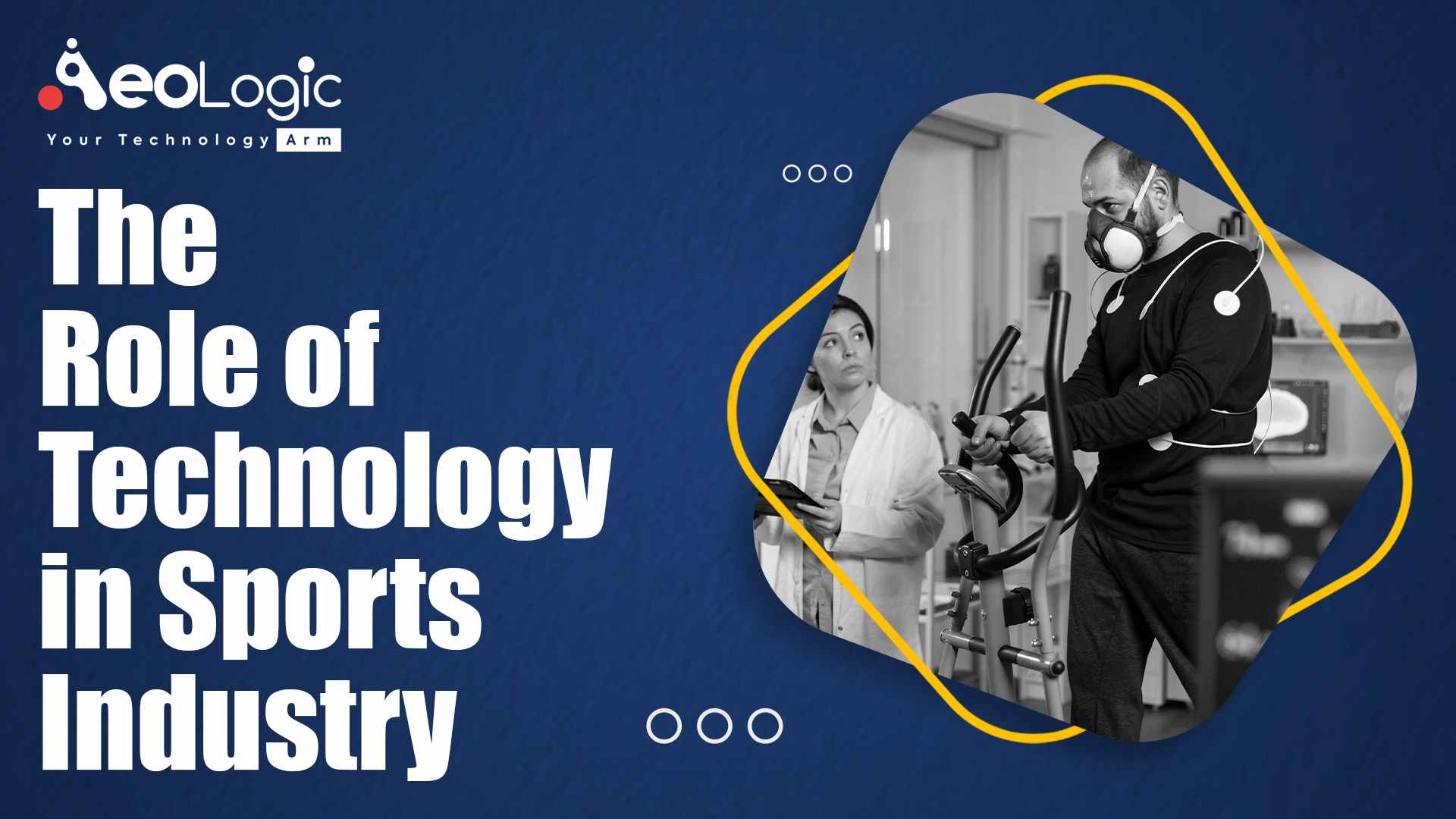In a situation where we are increasingly associated with the digital world —via smartphones, tablets, notebooks, smartwatches, and so on—it’s not difficult to see the growing use of technology in sports. Presently, the role of technology in sports is playing an essential role, helping countless athletes, from different sports modalities, to grow their performance in preparations and tournaments.
Monitoring the development of matches has also become easier and more productive, thanks to smart devices. Want to learn more about the role of technology in sports? Read the following!
Also read: Digital Transformation Examples for Business Success
What is Technology in Sports?
The sports environment has always been quite complicated. The search for new strategies and techniques to enhance the performance of athletes led to the implementation of methods, objects, and accessories in the routines of certain different modalities.
All this is executed with the idea of offering more comfort for the sportsman, while it is possible to take an excellent performance.
In addition, the technologies implemented to sport help in obtaining fundamental data for the reproduction of sports statistics. Therefore, the coach’s decision-making for his athlete is enhanced.
What are the Benefits of Technology in Sports?
As we have made certain so far, technology is becoming a great ally of the sport, delivering numerous benefits to the environment.
Each innovation that comes into the market is encouraging athletes to exceed their limits, in addition to supporting judges when observing matches.
On the other hand, when the human eye fails to detect certain information, artificial intelligence is covering this gap, contributing to a fairer result.
In football, for instance, referees are using electronic points to augment the efficiency of their actions. This same technology is also used in tennis courts and volleyball in order to boost the accuracy of results.
What is the Influence of Technology on Sports?
Sports, such as football, volleyball, swimming, fencing, athletics, and others, already leverage from the implementation of technological innovations.
The progress of competitive physical activities, the outcome of real-time communication between athletes and coaches, is notable. In addition, the development of special materials, in order to increase maximum performance, remains persistent.
They are smart costumes, and devices with sensors for collecting data, as well as for the analysis of performance. The major technologies responsible for these advances are:
Nanotechnology: involves the manufacture of tissues with nanoparticles, which stiffen in case of impact, for protecting the athlete from injury. It is a technology that is still under study, however, it presents promising data;
Biomechanics: widespread in swimming. This technology is monitoring the strokes and jumps of athletes, in addition to tracking their heart rates. It is playing a huge role in the development of fast skin. It is a special costume that decreases the body’s friction with water in competitions;
Hawk Eye: Used on tennis courts, this technology presents a system of monitoring cameras. It has the potential of identifying the ball from any angle after its release.
ICT (Communication and Information Technology): Artificial intelligence is used in different games to assist the coach to identify the strengths and weaknesses of his athletes in order to enhance them more efficiently.
What are the 4 Technologies Used in the Sports?
The sporting world evolves constantly and therefore also needs constant change. The results generated by athletes can always enhance, as well as the accuracy and precision of monitoring during tournaments.
From simple processes to higher solutions, you may have heard of some of the major technologies used in sports today. See below.
1. Video Assistant Referee (Var)
VAR has attained a lot of popularity recently in football. This technology is allowing the conference of bids in a match, with the objective of allowing the referee to analyze the bids. This reassessment has been decisive in defining whether or not a team is punished.
2. Fencing Costume
Full of quick moves, it is certain that fencing could not rely only on the look of the judges to define the winners of each match. However, this may open the scope for somewhat inaccurate outcomes.
In this way, florets and swords were built with intelligent sensors, having the capability of detecting the impact of each hit on the opponent. When it is pressed, the sensors will activate a light on the signaling device.
For this to operate properly, the costumes enable a small electrical current to travel its entire length.
3. SmartWatch
Furthermore, smart watches are no longer new in the market. There are simpler models for casual sportsmen, even smartwatches with state-of-the-art technology for monitoring the performance of elite athletes with higher accuracy.
They are able to measure the heart rate, number of calories expended, steps taken during the day, and even the level of oxygenation in the blood.
Also read: The Impact of Web 3 on the Business of Sports
4. Smart Fabric
Another technology that is allowing you to take a step ahead in performance monitoring, is smart costumes. This solution contains the manufacture of special clothing, which is connected to sensors that are analyzing the movements performed by athletes.
From this, it is possible for monitoring the muscles used in the activity, the heartbeat as well as the level of breathing. And provides the data all in real-time.
Conclusion
Noticed how technology in sports is more present than we can imagine? As long as there are ways to make better athletes’ performance, accuracy in decision-making, and monitoring of games, there will always be investments in the sports sector.
Connect with us to know more!










